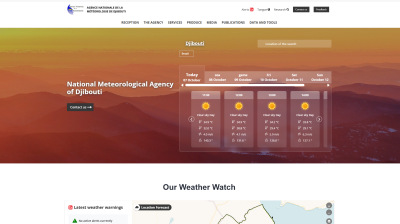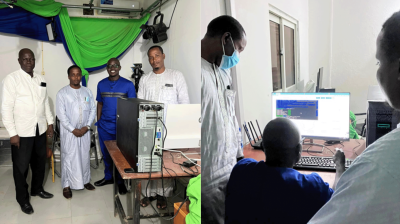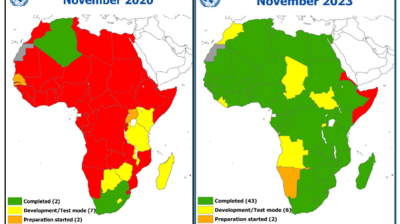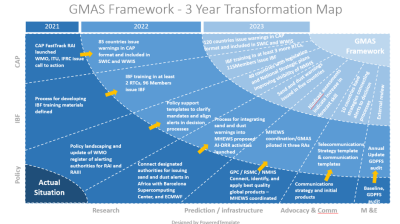Common Alerting Protocol (CAP)

The Common Alerting Protocol (CAP) is an international standard for issuing emergency alerts. It ensures consistent, timely, and effective communication of hazard information across different media platforms, including radio, television, the internet, mobile phones, and public signage. By using CAP, emergency alerts can quickly reach people wherever they are.
How does CAP work?
- Message Creation: An authorized alerting authority creates a CAP alert message using the XML format. The message includes standardized elements like event type, severity, urgency, certainty, area description, and recommended actions.
- Message Distribution: The CAP alert message can be transmitted via the internet, satellite or local networks. It can be received by multiple systems, which then relay it to different platforms, such as: SMS/Cell Broadcast, TV and Radio broadcasts, sirens and public address systems, social media, and digital signage.
- Public and First Responder Action: People receive the alert through multiple communication channels and take appropriate action based on the guidance provided. First responders may receive tailored alerts to support emergency coordination and response.

CAP Resources
Explore a comprehensive collection of resources on the Common Alerting Protocol (CAP), including online courses, toolkits, guidelines and documents on the CAP implementation.










